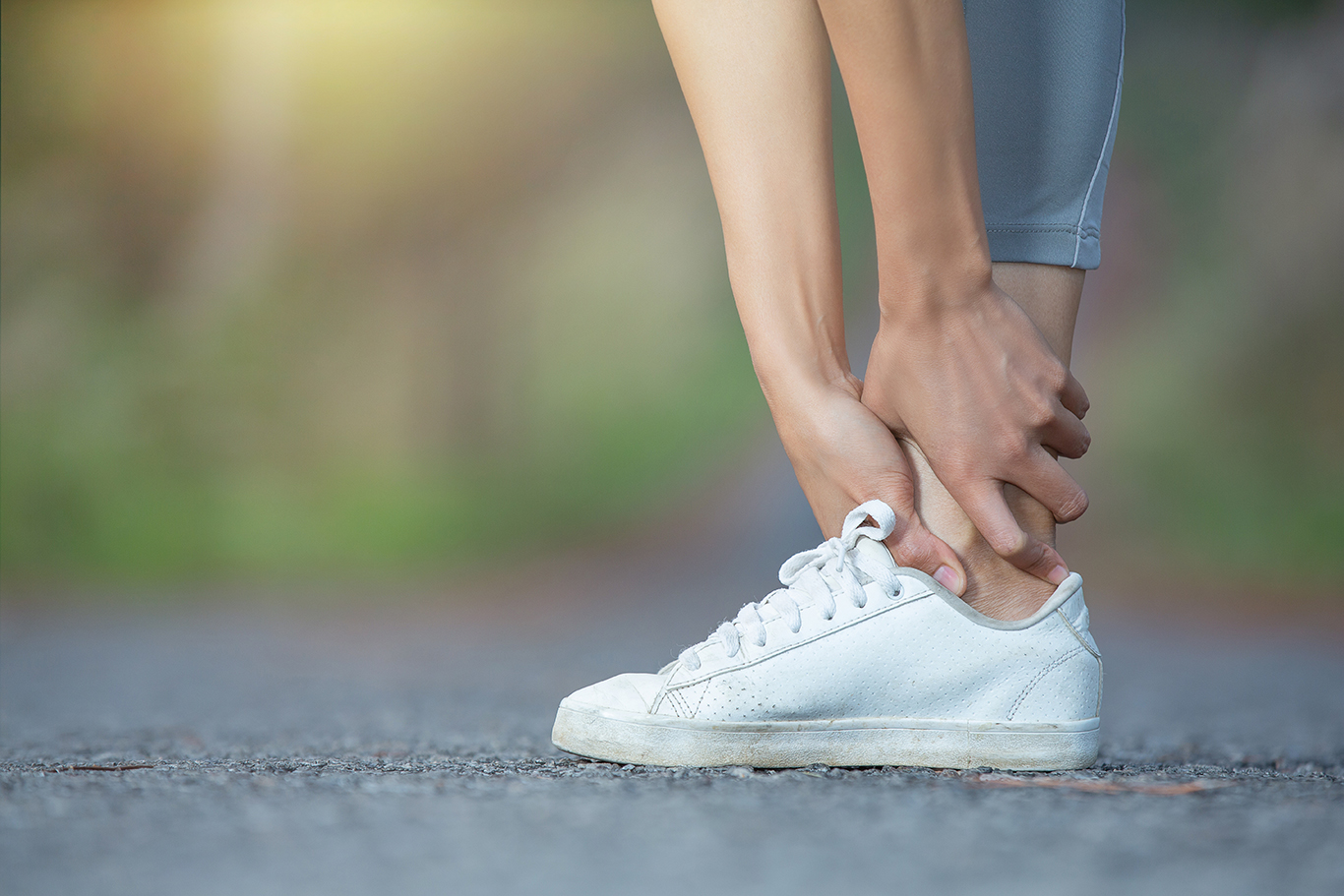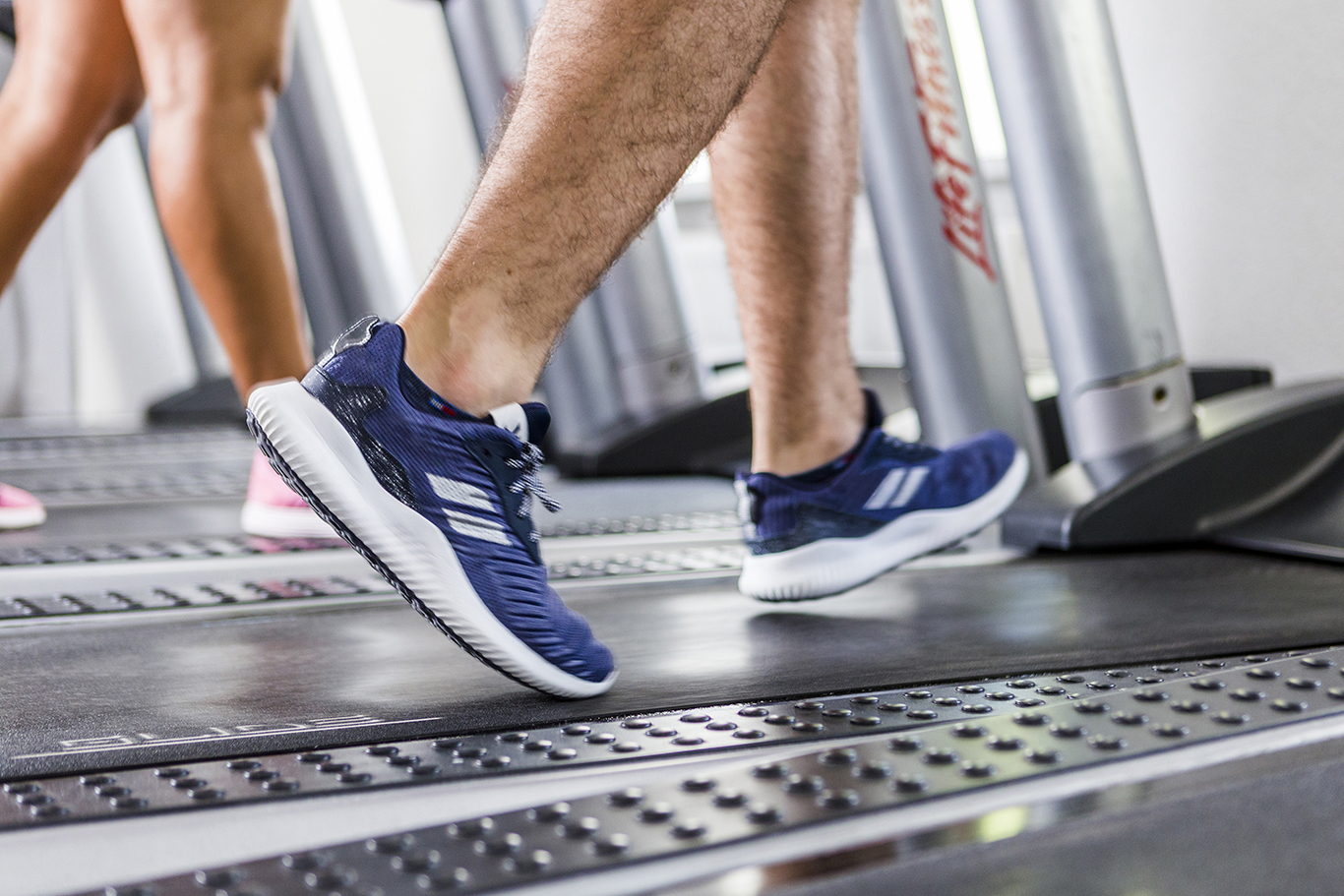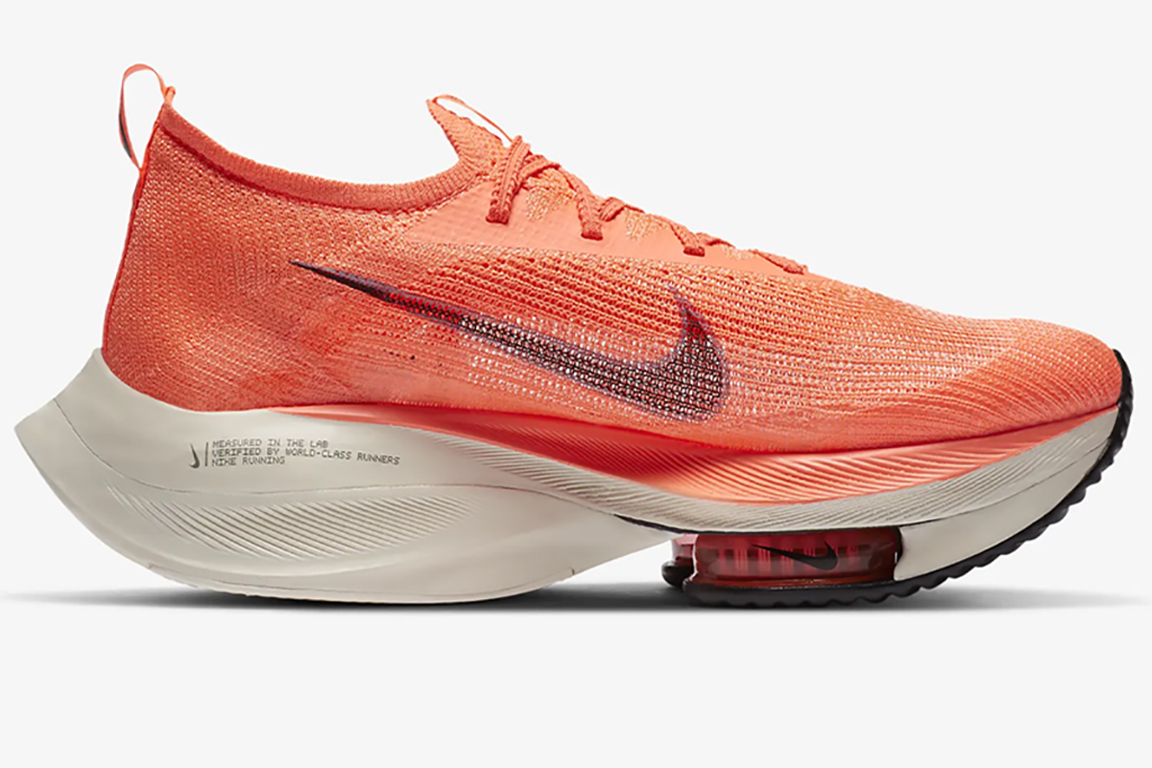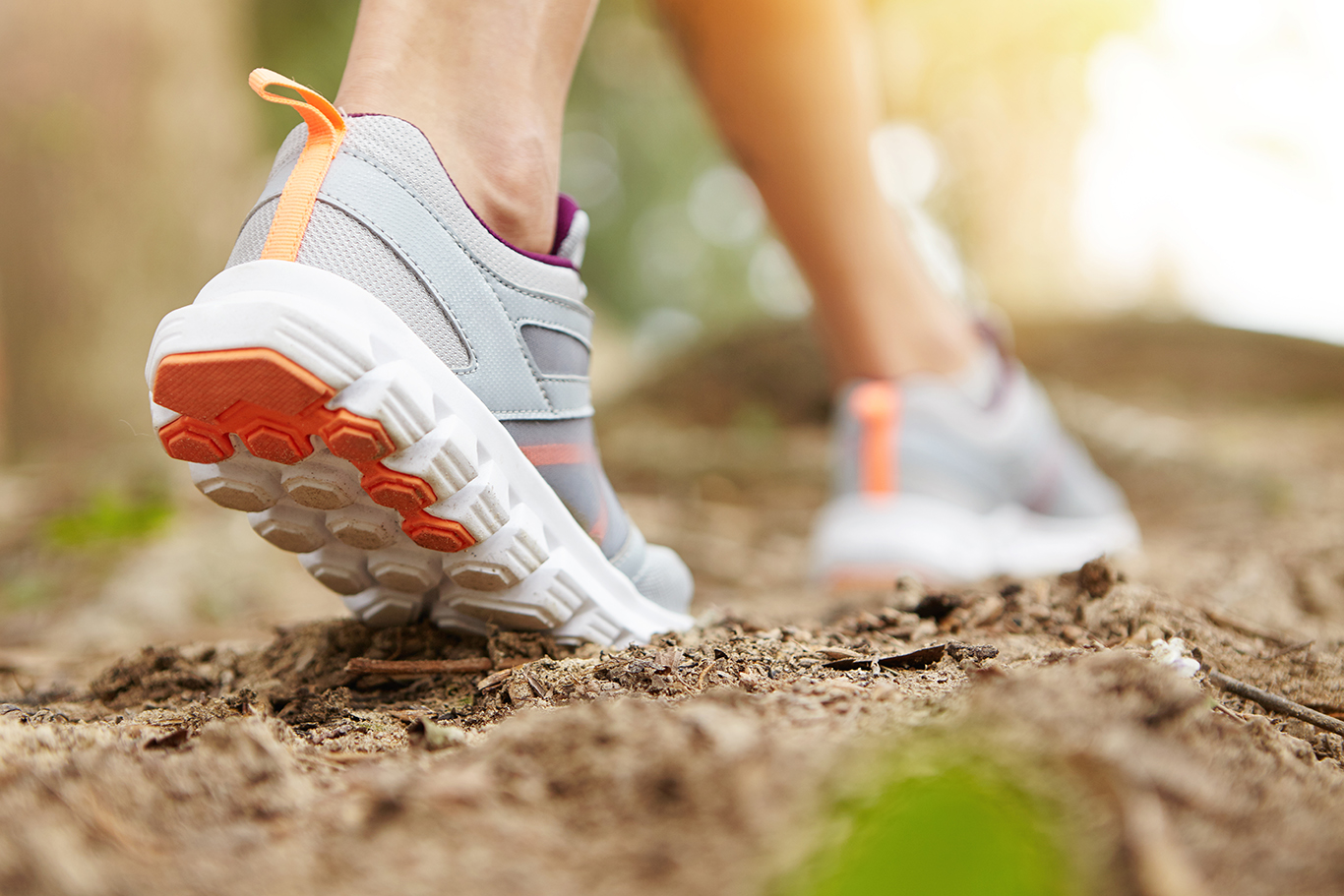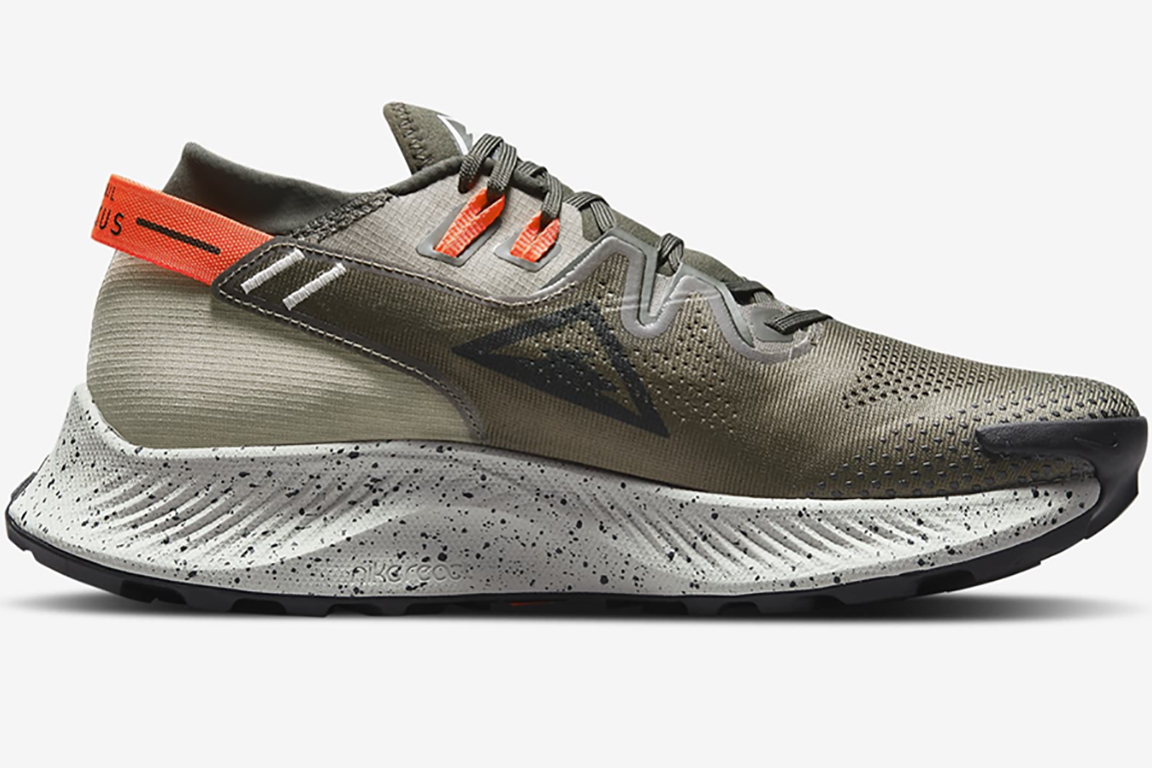There is nothing as discouraging or disheartening as discontinuing your running routine because you have picked up an injury or when you perpetually suffer from a specific injury or endure pain as you run. You, it is better to know that the type or size of running shoes you wear is likely to be the causal factor for such injuries.
Therefore, you must buy and wear appropriate running shoes. They must be a pair of running shoes that perfectly fit your feet, are comfortable, and suitable for that terrain. Even the American Orthopedic Foot and Ankle Society strongly recommend that both athletes and runners wear the appropriate footwear to circumvent feet and ankle problems.
The common injuries associated with Wearing wrong shoes include:
1) Bruised Toenails and Toes
Having a back toe or toenail is often assumed to be an honor or a form of initiation for any athlete or runner, but it is far from the truth. The black toe or toenail, scientifically known as a subungual hematoma, is not something to be ignored. It is not a runner's mark but a collection of blood underneath the toenail. This is caused by severe injury or repetitive trauma on the toe.
How does this repetitive trauma occur? Simple! It is by running in shoes that are too tight or too narrow around the toes area. Such shoes cause the nail to rub against the top of the shoes or the toes to slam against the shoe's tip. The painful corns, as well as skin hardness around your toes, will reveal the recurring trauma.
How You Can Prevent Bruising Toenails
- To avoid injuring your toes, wear shoes that fit you well and have well-grooved external toe-cup shields.
- Regularly clip your toenails. Cutting short your toenails will leave enough room between the shoes and your toes, specifically your longest toes.
- Wearing a thin sock helps ease the pressure between the toes and upper shoes and protect the toenails.
Now you know. So don't wear tight or worn-out shoes but get the right fit with a well-grooved toe-cup shield to protect your toes.
2) Heel Pain
Wearing the right running shoes in addition to the right fit will often remain the number one rule for any runner, jogger, or athlete. Rather than the size of your feet being the determinant of the right fit, the surface on which you intend to run remains paramount when choosing and purchasing running shoes. Ignoring such a fact may certainly cause heel pain.
Heel pain is a common running injury, and its major cause is running on concrete or hard surfaces in inappropriate shoes. This is how you get heel pain: When running, your heels constants landing on the ground, but because of poor cushioning, to absorb the shock sooner or later, your heels begin to show signs of stress. This is what is regarded as heel pain.
How You Can Prevent Heel Pain
- Put on running shoes with an elevated heel and arch support and proceed to strap your foot to enhance stability. Wearing stable shoes will help reduce stress or pressure on the plantar fascia.
- Use heel pads to add comfort to the shoes. You can also use custom or over-the-counter orthotic devices to improve foot stability when running.
- Stretch to loosen up the ankles, feet, and calves before and after running.
- Monitor how your foot hits the ground when landing. Landing on the heel is likely to cause heel pain. Consider changing to the forefoot or midfoot contact point to ease pressure on the heel. However, be careful not to put pressure on the outside or inside of the foot. Changing foot strike or strike pattern is not an easy balancing act because you are likely to transfer stress on the knee or other parts of the foot.
- Change running surface
3) Achilles Tendinitis
When taking the first walk or run, that pain you feel can be a signal to the end or temporary suspension of your running routine. Usually, the pain and stiffness are felt in the region above the heels. That region is known as the Achilles tendon; hence, the injury, Achilles tendinitis. The injury results from an inflammation of a tendon, which attaches the calf muscles to the back heel bone.
Most importantly, the injury results from consistent stress subjected to the tendon causing small tears or what is known as tendinopathy. The harm is aggravated by how faster or longer your run because pace and distance these two factors increase the stress on the tendons. Other factors that may worsen the injury are tight muscles that cross the ankle, subtalar, and knee joints. Achilles tendinitis can also manifest itself like a knot or swelling in the tendon.
How You Can Prevent Achilles Tendinitis
- Wear running or orthotics shoes that offer sufficient support to the feet. Avoid any shoes that can aggravate or disturb the Achilles tendon.
- Embark on exercises like eccentric heel drops, lunges, dead-lifts, squats, and burpees to strengthen the posterior muscles.
- Improve your gait cycle or foot-strike as well as cadence speed and efficiency.
- Stretch the calves.
4) Ankle Sprain
An ankle sprain is a traumatic injury that can strike any runner. It occurs when one of your feet rolls or twists inwards or outwards, causing ligaments around the ankle to overstretch beyond the normal motion range. You cannot subject your injured limb to any form of weight or strain with an ankle sprain. The major causes of ankle sprains are:
- Sprinting on uneven surfaces
- Landing awkwardly
- Tripping
- Stepping into a pothole
How You Can Prevent Ankle Sprain
- Run-on even surfaces
- Do exercises that strengthen the muscles around the ankle.
- Wear stable running shoes than perfectly cradles your ankles when running.
5) Shin Splints
Pain in the lower legs is a common occurrence, and it is usually a result of the tearing of the muscle around the shin bone or tibia. As a beginner or someone resuming running or training routine after a long break, you should be wary of picking up shin splint injuries. Normally, shin splints occur when the tissues are responding to strain. This may be caused by running in worn out or unsupportive shoes.
Unsupportive shoes are shoes that lack a thick sole for absorbing shock as well as protecting the feet from rough elements. They also lack adequate room around the toe areas to enable the toes to wiggle freely. Besides, they have poor heel cap for holding down the shoes when running or sprinting. Finally, they have poor cushioning.
Other causes include:
- Running on hard, arched, and cambered roads or surfaces.
- Having flat feet or high arches. Several studies have confirmed that athletes or runners with flat feet often suffer from shin splints injuries.
- A sudden increase in training volume. It means that if you suddenly do excess running before preparing your body for a new workload, then you are likely to suffer from shin splints.
Related artile: How Far a Beginner Should Run.
How You Can Prevent Shin Splints
If you are flat-footed, then what you need are shoes that can control your feet' movement. With flat feet, there is excessive motion and dragging under the feet. To curtail such phenomena, you need shoes with a wide and rigid sole base with solid heel cups. These important features help stabilize your heels by holding them onto neutral positions, thus, preventing overpronation when running. As a flat-footed runner, I suggest you go for Asics shoes.
Also, if you have a high arch, it means you have a rigid foot. In this case, you do not require motion control. Instead, it can be best if you have shock absorption. Wear shoes that are well cushioned. I suggest that you go for Saucony athletic shoes.

